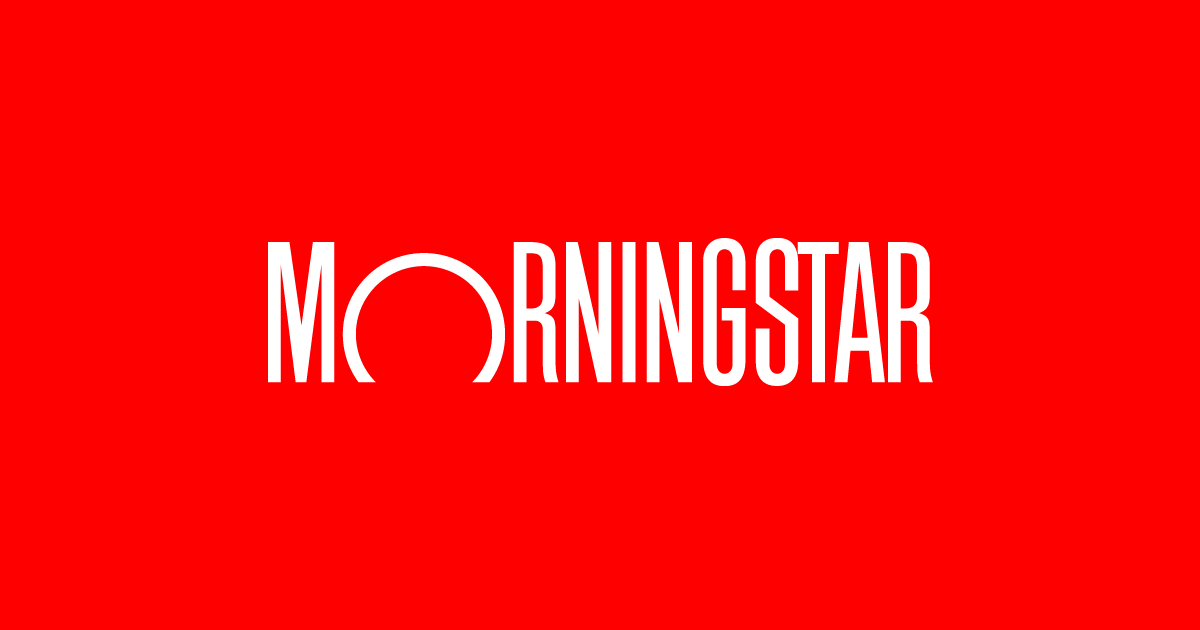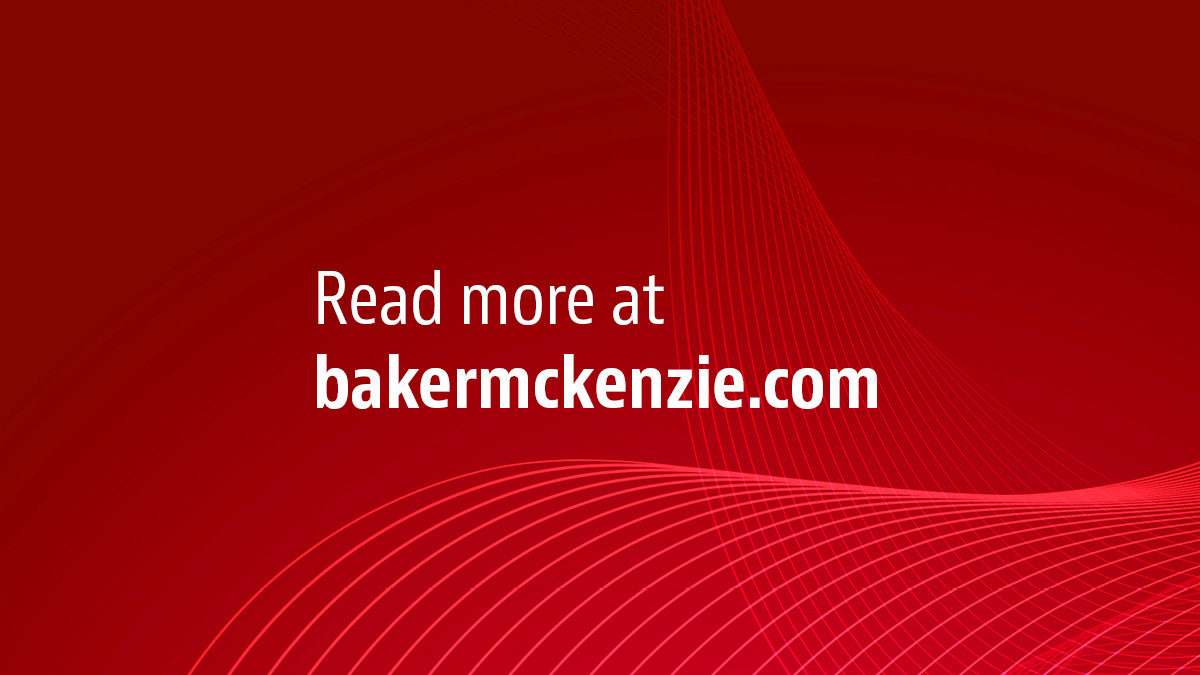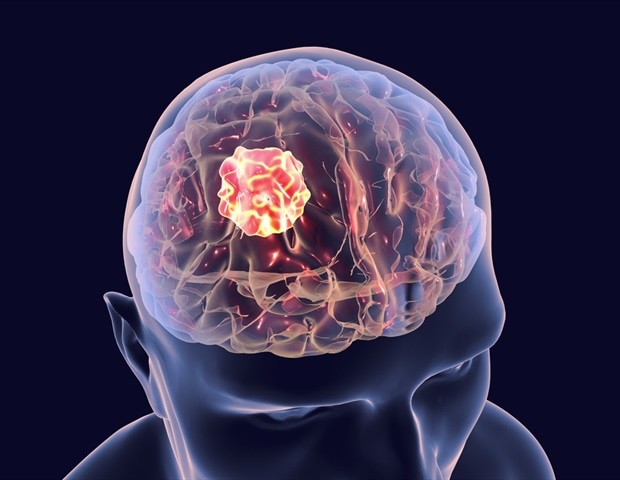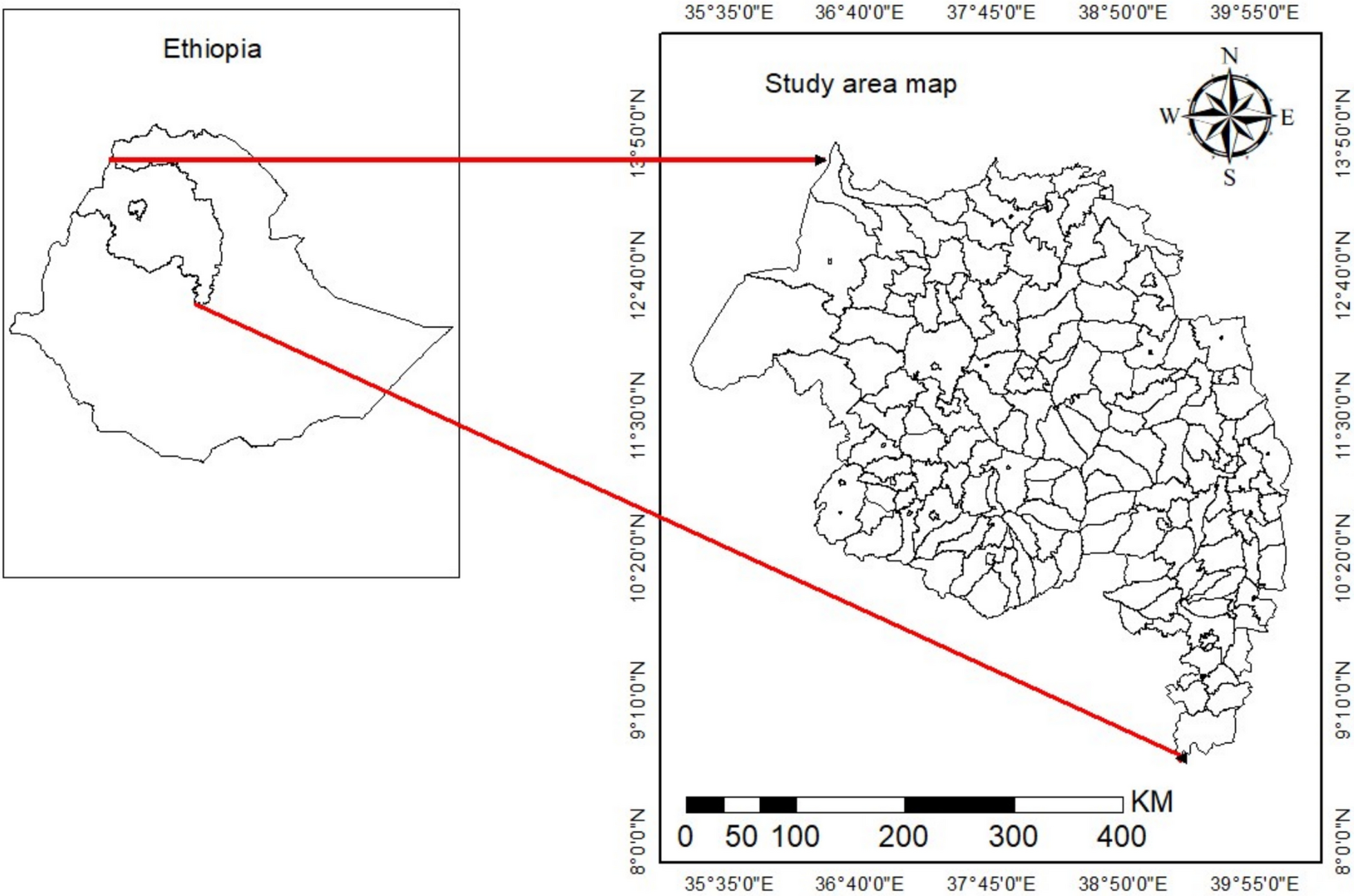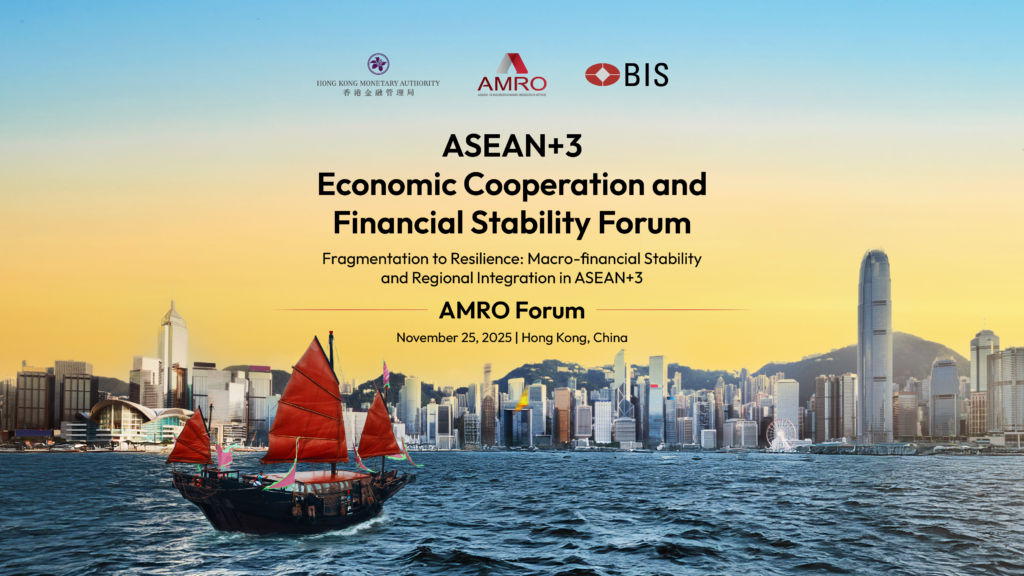Climate adaptation has emerged as one of the defining priorities of our time. Nowhere is this challenge more acute than in the ASEAN region, where climate-related risks—rising sea levels, floods, droughts, and extreme heat—threaten the foundations of economic stability, livelihoods, and ecosystems. Addressing these risks requires mobilizing enormous levels of finance—both public and private—and ensuring that investments are aligned with resilience outcomes.
A new white paper, the first output from a collaboration among the ASEAN Capital Markets Forum (ACMF), Sustainable Finance Institute Asia (SFIA), and United Nations Environment Programme Finance Initiative (UNEP FI),* lays the groundwork for a forthcoming guide that aims to channel more finance towards building adaptation and resilience capacity in support of Environmental Objective (EO) 2 of the ASEAN Taxonomy for Sustainable Finance (ASEAN Taxonomy). The work is financially and technically supported by the European Union Sustainable Finance Advisory Hub (EUSFAH), which promotes interoperable and credible sustainable finance frameworks globally.
The ASEAN Taxonomy is a valuable tool for governments and the private sector to identify economic activities in the region that support climate-positive outcomes and other sustainability goals—and in turn, to finance aligned activities. Taxonomies have proven instrumental in directing capital towards mitigation, but additional information to provide clear, sector-specific guidance for assessing what qualifies as an “adaptation-aligned” investment can enhance the orientation of capital towards adaptation. The additional guidance can be useful for financial institutions to identify, assess, and report on credible adaptation opportunities—promoting the flow of private finance into projects that build resilience.
To address this, ACMF, chaired by SC Malaysia, in collaboration with UNEP FI, will develop a mitigation co-benefit and Adaptation for Resilience (mARs) Guide to serve as a companion to the ASEAN Taxonomy, providing the methodological foundation for identifying the key principles and sectoral priorities that can enhance the functionality and usability of the taxonomy to channel adaptation finance.
The new white paper marks the first phase of the collaboration among the EUSFAH, UNEP FI, ACMF, and SFIA to translate high-level objectives into practical guidance that financial institutions, regulators, and issuers can apply when identifying, assessing, and tracking adaptation-aligned investments, and aims to catalyze adaptation finance in the region.
“The ACMF is committed to advancing sustainable finance in the region. The mARs Guide will complement the ASEAN Taxonomy by providing practical tools for adaptation finance, ensuring that our markets remain resilient and future-ready. This white paper outlines the key elements and considerations that will guide the development of the mARs Guide, and highlights the need to address the adaptation funding gap, through mechanisms such as blended finance, which is key to funding non-bankable but necessary projects.”
– Dato’ Mohammad Faiz Azmi, Chairman of the Securities Commission Malaysia, the current Chair of the ACMF
Strengthening adaptation finance in ASEAN
The white paper highlights that adaptation finance remains significantly underfunded compared to mitigation, with current flows falling far short of the scale required to protect communities and markets. As detailed in UNEP’s latest Adaptation Gap Report, developing countries require between USD 310 billion and USD 365 billion annually by 2035 to meet climate adaptation needs, yet only approximately USD 26 billion was available from international public finance in 2023. Mobilizing both public and private capital toward resilience outcomes is therefore an urgent priority.
Taxonomies play a critical role in mobilizing finance by providing a common language and classification system that helps investors, regulators, and issuers identify credible activities, including adaptation-aligned activities, and channel capital toward them with confidence. UNEP FI’s earlier analysis of ASEAN Member States’ sustainable finance taxonomies shows increasing alignment between domestic taxonomies and the regional ASEAN Taxonomy in areas such as climate change mitigation, adaptation, biodiversity, and circular economy priorities. The mARs Guide builds on this progress by offering the practical detail and sector-level guidance needed for financial institutions to integrate adaptation criteria into investment decisions, product design, and disclosure frameworks.
By mapping national adaptation priorities across ASEAN Member States, the white paper identifies areas of convergence that can serve as a regional baseline for adaptation-aligned finance. It also proposes for discussion a set of key principles for the mARs Guide, which complement the existing Five Core Principles of the ASEAN Taxonomy and its Guiding Principles for EO2. The proposed principles for the mARs Guide underscore that the guide would be:
- Science-based and evidence-led
- Context-relevant and locally prioritized
- Inclusive across AMS
- Maladaptation risk management (uncertainty-aware)
- Interoperable and comparable
- Usable for finance and the real economy
Together, these findings and principles establish the methodological foundation for the mARs Guide to become a key regional reference. They also highlight how it can complement the ASEAN Taxonomy and support the application of existing assessment requirements by providing more detailed information on adaptation-relevant technologies and activities, as well as additional guidance in conducting maladaptation and climate risk and vulnerability assessments.
“This white paper is a critical step in building the foundations for adaptation finance in ASEAN. By aligning financial flows with resilience outcomes, the mARs Guide will help ensure that capital markets play their part in safeguarding communities and ecosystems against climate risks.”
– Eric Usher, Head of UNEP FI
A long-term, collaborative effort
Financial institutions and market participants from across ASEAN have contributed valuable feedback throughout the process, helping to ensure that as the mARs Guide is developed, it will reflect both climate science and practical considerations. This multi-stakeholder exchange underscores the importance of dialogue between the public and private sectors in advancing a coherent, proportionate, and credible policy enabling environment for adaptation finance.
“Our mitigation efforts need to be supported by adaptation action as climate change impacts intensify. Guided by the key principles set out in the white paper, the mARs Guide will be developed to help providers and users of finance identify the technologies and approaches that capital should support to achieve the paradigm shift needed for resilience.”
– Eugene Wong, CEO of SFIA
UNEP FI is supporting the ACMF’s work in partnership with SFIA and a broad community of technical experts and financial institutions, in close consultation with the ASEAN Taxonomy Board. The European Union’s Sustainable Finance Advisory Hub (EUSFAH) has provided technical and financial support to this project.
The next phases of work—carrying through 2026 and 2027 with SEC Philippines and Monetary Authority of Singapore here as succeeding Chair of ACMF, respectively—will build on these principles to develop operational guidance and practical tools that under the mARs Guide. Stakeholders are encouraged to engage with the process and contribute to the development of the Guide. By working together, ASEAN can build a financial system that mobilizes more investments towards the decarbonization of the region, while enhancing its resilience and adaptive capacity.
* About the partners involved in the collaboration
ASEAN Capital Markets Forum (ACMF): The ACMF is a high-level grouping of capital market regulators from all 11 ASEAN jurisdictions, namely Brunei Darussalam, Cambodia, Indonesia, Lao PDR, Malaysia, Myanmar, Philippines, Singapore, Thailand, Timor-Leste and Vietnam. The ACMF’s primary goal is to develop a deep, liquid and integrated regional capital market.
ASEAN Taxonomy Board (ATB): The ATB was set up in 2021 under the auspices of the ASEAN Finance Ministers and Central Bank Governors’ Meeting (AFMGM) and is jointly driven by the ACMF, ASEAN Insurance Regulators Meeting (AIRM), the Senior Level Committee on Financial Integration (SLC) and the Working Committee on Capital Market Development (WC-CMD). Its establishment is a response to the call at the 6th AFMGM to work towards “furthering a cohesive sustainable finance agenda cutting across banking, capital markets and insurance areas at the ASEAN Finance Ministers’ Meeting and AFMGM respectively, with greater coordination amongst the relevant ASEAN working committees.”
Securities Commission Malaysia (SC): The SC was established on 1 March 1993 under the Securities Commission Act 1993 (SCA). It is a self-funded statutory body entrusted with the responsibility to regulate and develop the Malaysian capital market. Its mission is to promote and maintain fair, efficient, secure and transparent securities and derivatives markets; and facilitate the orderly development of an innovative and competitive capital market.
Sustainable Finance Institute Asia (SFIA): SFIA is an independent institute established to catalyse ideas on sustainable finance at the policy level, as well as propel action in support of those policy ideas in Asia, particularly in ASEAN. It aims to provide thought leadership and act as a one stop centre for sustainable finance in ASEAN through collaborations with governments, regulators, central banks, multilateral development banks, industry, academia and non-governmental organisations.
The EU Sustainable Finance Advisory Hub: The EU Sustainable Finance Advisory Hub is a technical assistance facility funded by the EU and BMZ. It supports low and middle income countries in developing credible and interoperable sustainable finance taxonomies tailored to their environmental, social, and economic contexts.
UNEP Finance Initiative (UNEP FI): UNEP FI brings together a large network of banks, insurers, and investors that collectively catalyzes action across the financial system to deliver more sustainable global economies. Financial institutions work with UNEP FI on a voluntary basis, and UNEP FI helps them to apply the industry frameworks and develop practical guidance and tools to position their businesses for the transition to a sustainable and inclusive economy.

